It will be a wild ride to keep full employment
There’s a solid platform for whoever wins on May 21. But the sting will come when chronic fiscal ailments hit us between the eyes.
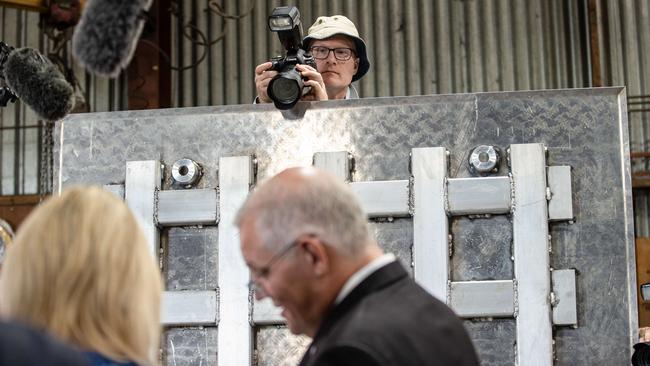
It’s likely that at moments like this, Anthony Albanese – sitting a few metres away – zones out ahead of the scoreboard recount that’s about to be launched.
“Tonight,” Frydenberg said, “I can confirm to the house, unemployment is at 4 per cent, the equal lowest in 48 years.” The “Hear! Hear!” that followed from government benches was one of the loudest during the Treasurer’s 30-minute speech. It’s safe to conclude not “all ye good people” were paying close attention.
On Thursday, the Australian Bureau of Statistics reported the jobless rate last month held steady at 4 per cent. The unemployment rate for women was 3.7 per cent, the lowest since May 1974.
As metrics go, the labour market is the Morrison government’s strongest claim to sound economic form after Covid put the nation into hibernation in 2020 and as successive strains of the virus banished Australians to the stop-go of a malevolent lollipop god.
The news on jobs keeps the political battle on economic terrain, gives the Coalition a sugar hit in opinion polls, and accentuates Albanese’s face plant on the first full day of the election campaign when he said the unemployment rate was 5.4 per cent.
Frydenberg rejects the charge that this spectacular result, with about 400,000 more jobs added in the past two years, is due to luck, rather than his custodianship. It’s a bit of both; how much of the former compared with latter is a matter of partisanship and guess work.
Labor claims the Coalition has racked up a trillion dollars in debt and has nothing to show for it. All that borrowed money has gone on running essential services, the Covid-19 health response, and $314bn in direct economic support to households and businesses.
But there’s also a lot of new spending baked by a government that has had policy and program weaknesses exposed in aged care and defence, just to name two areas. Like all governments, it has indulged its worst habits by wasting billions on low-order capital works and vote-buying.
Yet there’s little doubt a pragmatic government has taken the advice of officials and pushed the fiscal envelope to try to lock in the lowest jobless rate in almost 50 years and to avoid the “scarring” – as economists denote the loss of opportunity, skills and income – that occurs to workers when high unemployment is entrenched.
Frydenberg has had mixed results with some of the measures he has deployed to get businesses to hire young people and the long-term unemployed, as well as getting businesses to invest in hard and soft capital to boost innovation and productivity.
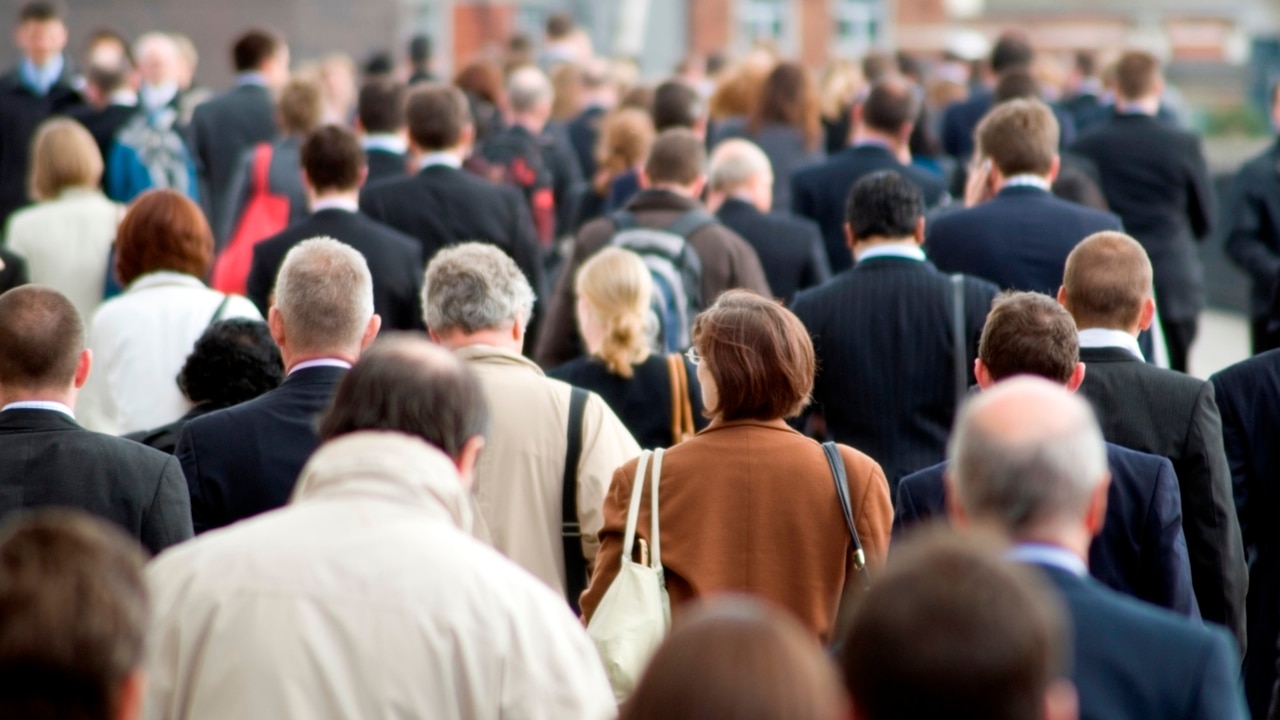
But throwing money, and lots of it, at households and firms has done wonders for consumer spending and employment. While closed borders have played a part in the tight labour market as well, it’s the sheer size of the stimulus that swamps all other factors.
Appearing at Senate estimates this month, Treasury Secretary Steven Kennedy said: “The most significant thing driving improved labour market outcomes at the moment is the extent and composition of the fiscal policy response, which has really increased significantly the demand for labour.”
The budget papers highlight how the employment surge is producing a significant fiscal dividend. Since the mid-year update just before Christmas, the budget balance over five years has improved by $103bn, although it’s still underlying cash deficits for as far as anyone is prepared to estimate.
Is Treasury that poor at forecasting? Events, dear reader, and the magic of automatic stabilisers working to fix the budget. In December, this financial year’s deficit was estimated to be $99.2bn. Now, it’s $79.8bn – that’s a 20 per cent miss in 15 weeks, although comfortably within the margin of Albo.
The faster-than-expected decline in the jobless rate means lower spending on the dole, while more people in work and wage growth mean upgrades to income tax collections. Treasury says these factors have contributed $99bn to the five-year overall improvement in the bottom line since December.
Kennedy argues a lack of demand has held back wages growth. Labor’s main attack line on the Coalition’s economic performance is the falling purchasing power of incomes. The Treasury chief argues keeping unemployment as low as it can go will generate a “virtuous productivity cycle”. “When you are fully employed, firms are competing hard for labour; firms have to work hard,” he told parliament.
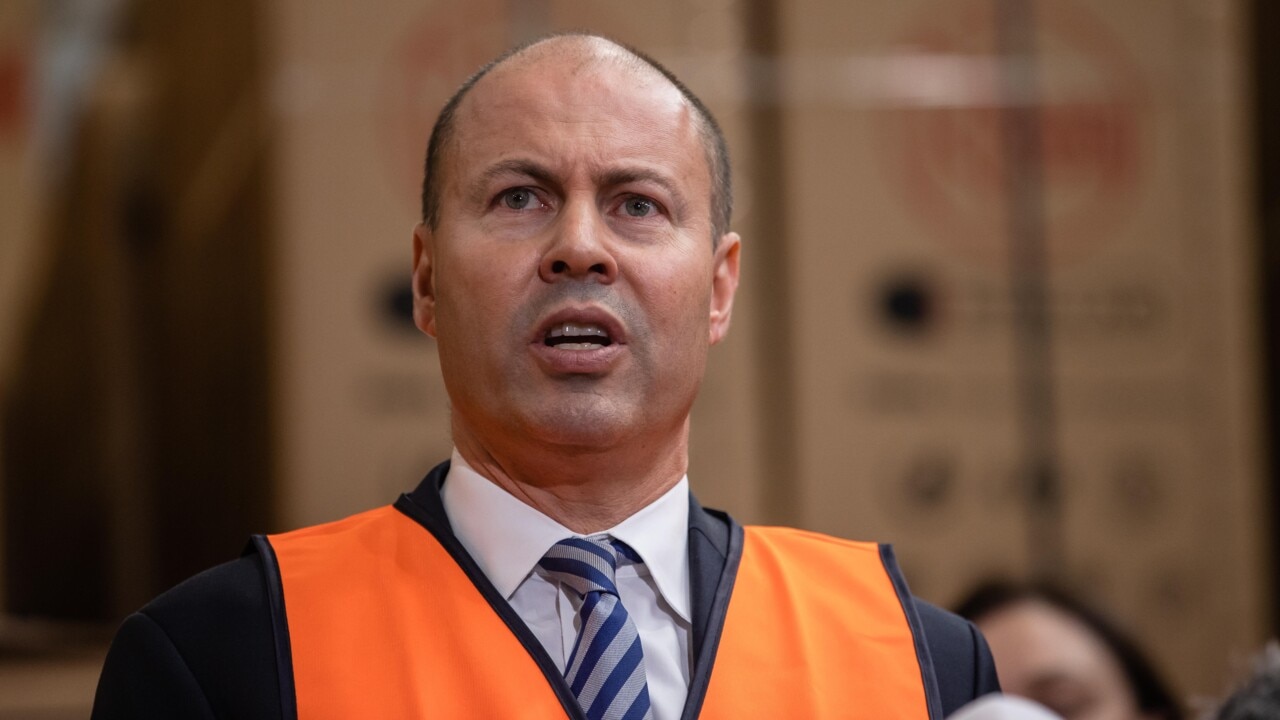
“They might have to invest more in other capital to put against those people who are working there. When they put higher quality equipment next to people, they will earn more money and they should get higher wages. So, again, there’s a virtuous cycle when we do the best to ensure our economy is at full employment.”
Kennedy and Reserve Bank governor Philip Lowe want to see budget repair and “normal” interest rates, after a prolonged period of ultra-cheap money. Hitting a policy sweet spot means they can have the firepower to fight the next crisis. But our top officials are not in a hurry, given the full employment prize is within reach and they want to test its limits.
There are different estimates of the so-called Non-Accelerating Inflation Rate of Unemployment (or NAIRU), a level where wages and prices growth are stable. Treasury’s NAIRU assumption in the budget is 4.25 per cent; if it’s actually higher, we’ll have stronger wages growth and inflation, and if it’s lower we’ll get the opposite.
ANZ Bank economists are forecasting a jobless rate of 3.3 per cent by the end of 2022 and a surge in wages this year and next, raising pressure on the RBA to hike rates from its 0.1 per cent floor to above 3 per cent. “We are optimistic that we will see strong growth over the remainder of the year, with demand for labour very high and still rising,” said Catherine Birch and Adelaide Timbrell after Thursday’s ABS labour force release.
Scott Morrison’s “target” of 1.3 million jobs over the next five years is not particularly ambitious. It’s basically in line with average employment growth and expansion of the labour force. In January 2019, the Prime Minister pledged “to see 1.25 million jobs created over the next five years”. So far, 678,000 more people are in work.
There is a downside to an economy at full tilt as households splash their hoarded cash after the two years of lockdowns and travel bans. We’re also hitting record rates of job vacancies, with 1.3 unemployed people for every advertised job in February, which is half the pre-pandemic ratio.
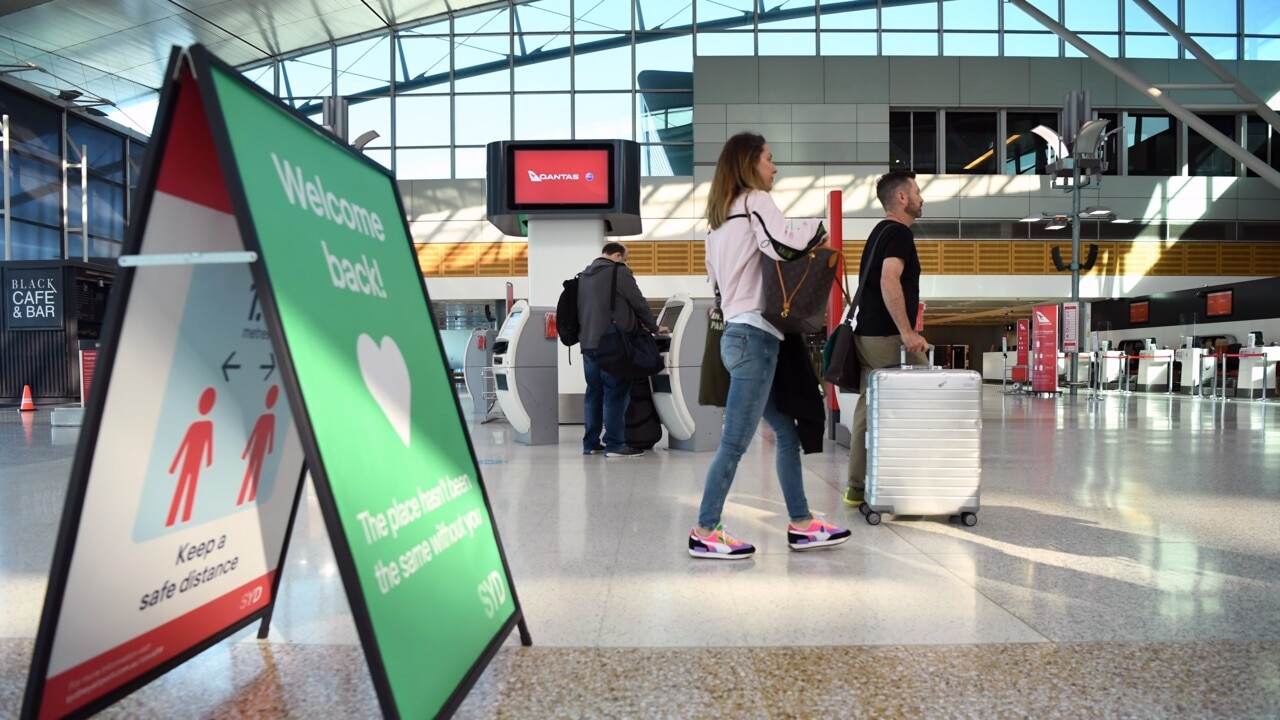
Pandemic supply constraints and red-hot demand show up in delays at airport check-in and security screening this Easter, in the rising cost of consumer goods, and businesses unable to get the skilled workers they need, even entry-level hospitality staff. We haven’t had this kind of “friction” in the economy for a while.
Border closures saw a net migration outflow of 90,000 people last financial year. Treasury assumes net overseas migration will be back to 41,000 this year and 225,000 by 2024-25. Business is pushing for urgent action to import skilled workers, as well as an easing of isolation rules for close Covid-19 contacts who are symptom-free and have tested negative for the virus.
While Kennedy warns we face the substantial risks confronting the global economy from high inflation to war in Ukraine, we do so from a position of strength.
“There is an opportunity to harness the strong underlying momentum in the economy to sustain full employment and see Australians prosper through prolonged engagement with the workforce and stronger incomes,” he told the Senate hearing.
It’s a solid platform for whoever wins on May 21. But there’s a sting in the next term, when chronic fiscal and structural ailments hit the political class between the eyes and voters are screaming at politicians about rising mortgage rates.



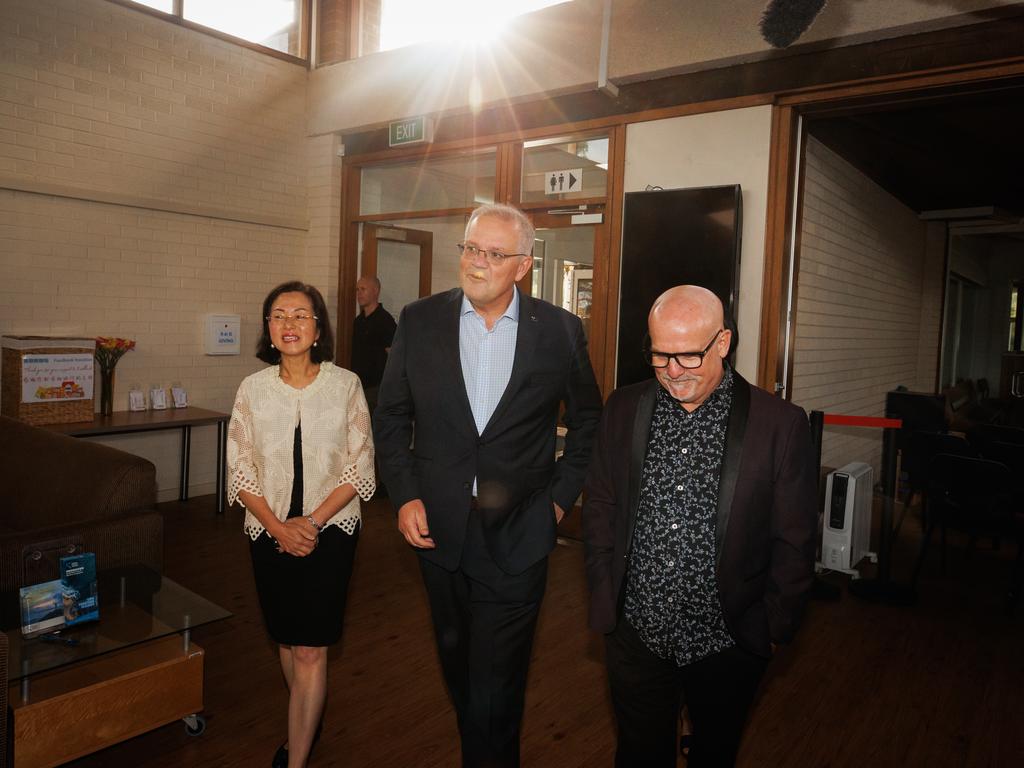
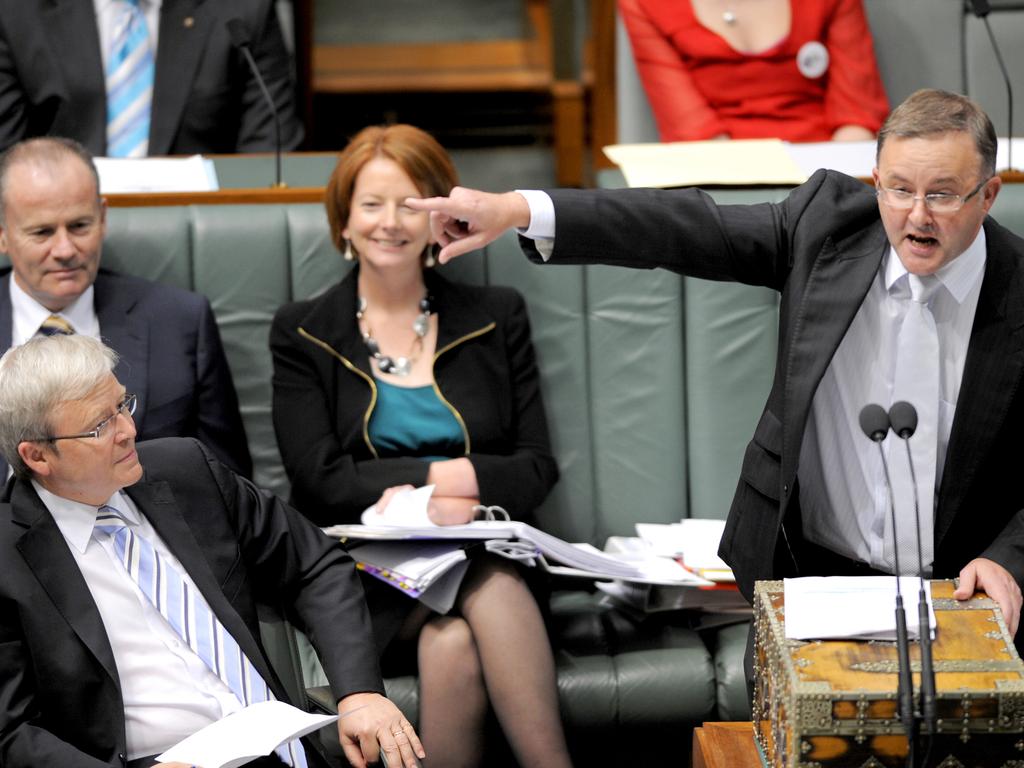


A minute into his budget speech, Josh Frydenberg could not resist taunting Labor. “Mr Speaker, those opposite said the biggest test for our government would be what happens to jobs,” the Treasurer said, reprising a potent line he has used a hundred times.